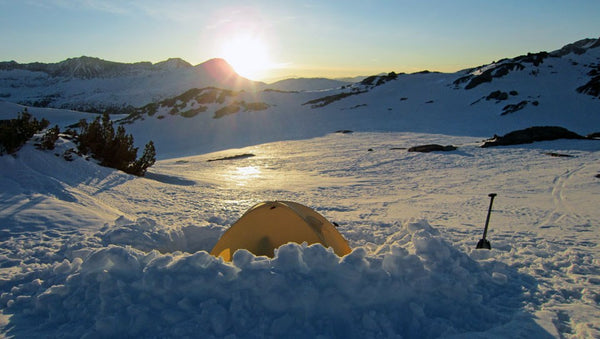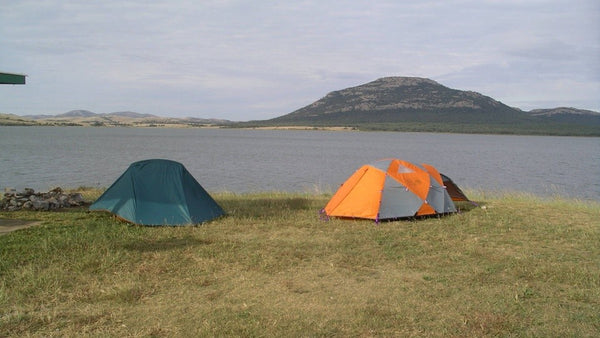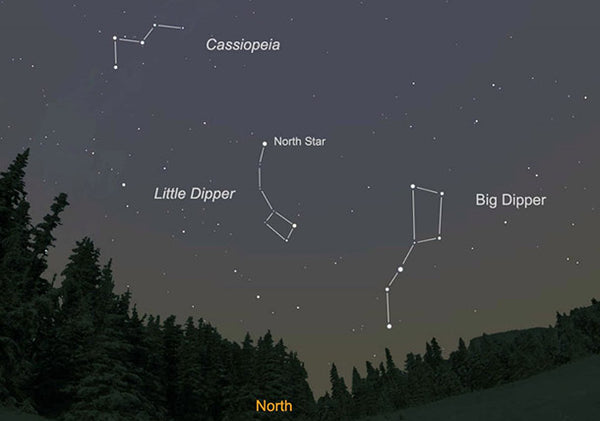7 Leave No Trace Cooking Tips
7 Leave No Trace Cooking tips
Perhaps the biggest LNT challenge for many campers and backpackers (and the one which is easiest to slip up on) is Leave No Trace cooking. Not leaving behind garbage is one thing, but for some reason, many wilderness enthusiasts struggle when it comes to food scraps and other cooking waste. Maybe this is because when our stomachs are empty we tend to be anxious to fill them, and once they’re full we can feel lazy and complacent. But impact minimization should be a staple of every good backcountry meal. Keeping our food to ourselves ensures that the local wildlife will stick to their natural diets and behaviors, and it preserves the beauty of the environment for other outdoor enthusiasts to enjoy. Follow our list of tips for low-impact cooking to do your part in keeping the kitchen contained.
If you haven’t already reviewed the seven principles of Leave No Trace and learned how they benefit natural environments and the people (like you) who enjoy them, start here and familiarize yourself with the ethics. Then, check out our lists of tips for LNT camping, hiking and canoeing [links] in addition to this one on LNT eats –
Cooking LNT:
1. Repackage Food before you head out for your trip. This will minimize the amount of waste you have to keep track of as you cook and let you stay focused on preparing a tasty meal instead of chasing after rogue wrappers and runaway packets.
2. Hang Your Food even when you aren’t in bear country. If there aren’t any bears around you don’t need to be as rigorous in your hang – you just need to keep your food away from raccoons, rodents, and other hungry critters that might be looking for a midnight snack. This will help them stick to their natural diet and prevent them from making a mess. For instructions on a few hanging methods, check out our post on bear hangs [link].
3. Cook At Least 200 Feet From Water Sources to prevent contaminating the clear waters of streams, lakes, and rivers with floating scraps and noodles. This will help to keep potential drinking water clean for others, too. To use water for cooking and cleaning, gather it in a separate container and bring it over to your cooking site, rather than bringing your pots and pans to the water.
4. Cook On A Stove whenever practical in order to reduce unnecessary campfire impacts. This will be faster anyway, and you know you’ll be hungry.
5. Cook Only As Much As You’re Going To Eat in order to minimize waste and make cleanup easier. Prepare reasonable portions, and have a sealable container for possible leftovers, just in case. In order to minimize the amount of food scraps left in your pan or pot, make use of the trusty tortilla scrub – use a tortilla/piece of bread to wipe up that extra sauce, soup residue, etc. and then eat it for dessert. It’s tasty, practical, and much more effective than you might at first imagine.
6. Pack Out Food Scraps. Whatever food scraps are left over after your tortilla swipe will have to be packed out. Use warm water and a sponge/mesh to free the scraps, then try to consolidate all the grey water in a single container. Dig a hole about six inches deep to pour the water into, strain the food scraps, and pack them out. Otherwise, strain the grey water into a second container and disperse it as much as possible.
7. Use Soap Sparingly. And when you do use soap, make sure it’s biodegradable. Even biodegradable soaps degrade slowly, so it’s best to use them as little as possible. Really, using soap should only ever be necessary on extended expeditions or when extra sanitizing precautions are required for some reason. Tortilla scrubs, warm water, and vigorous scrubbing will make soap largely unnecessary, as will cleaning up before food hardens and adheres to your dishes.
If you have any of your own tips and tricks for reducing the impact of backcountry dinners, share them in the comments to help others reduce their footprints as they’re staying fed.
Leave a comment
Comments will be approved before showing up.
Also in News & Skills




Richard White II
Author